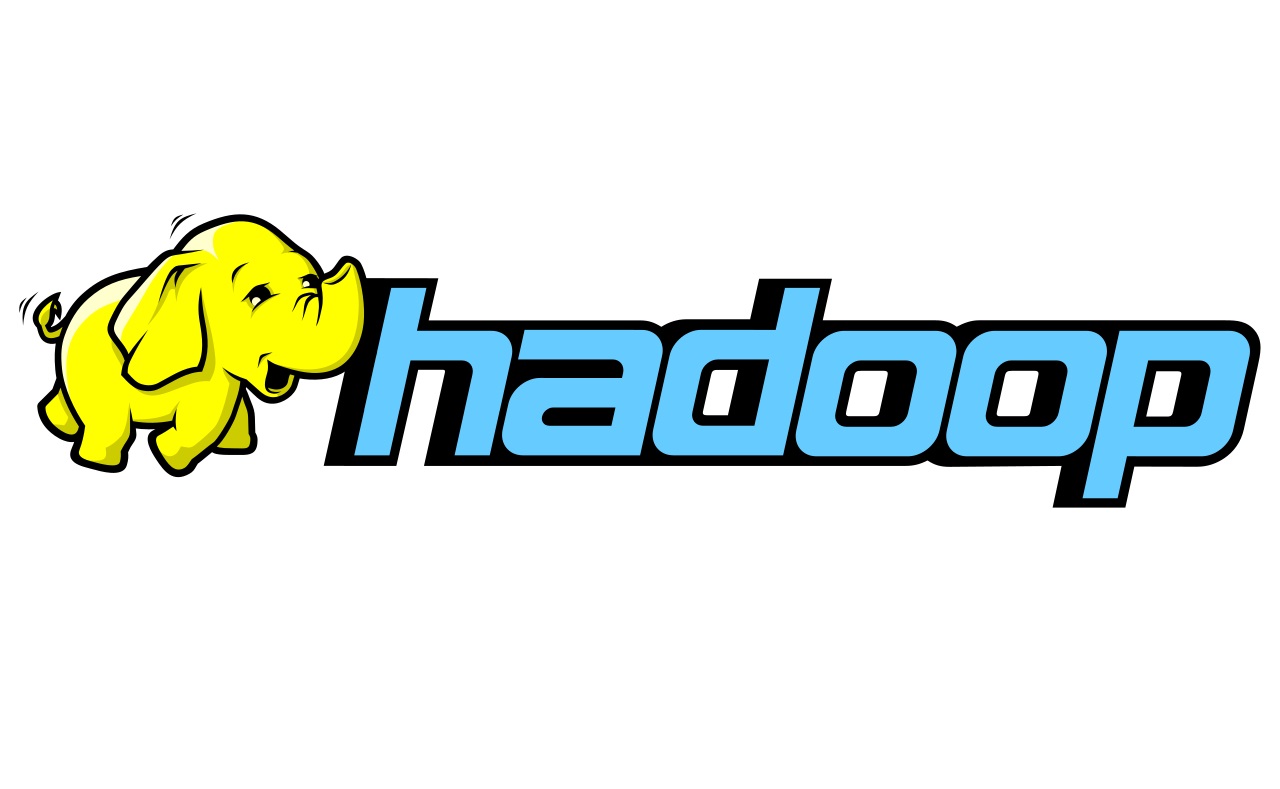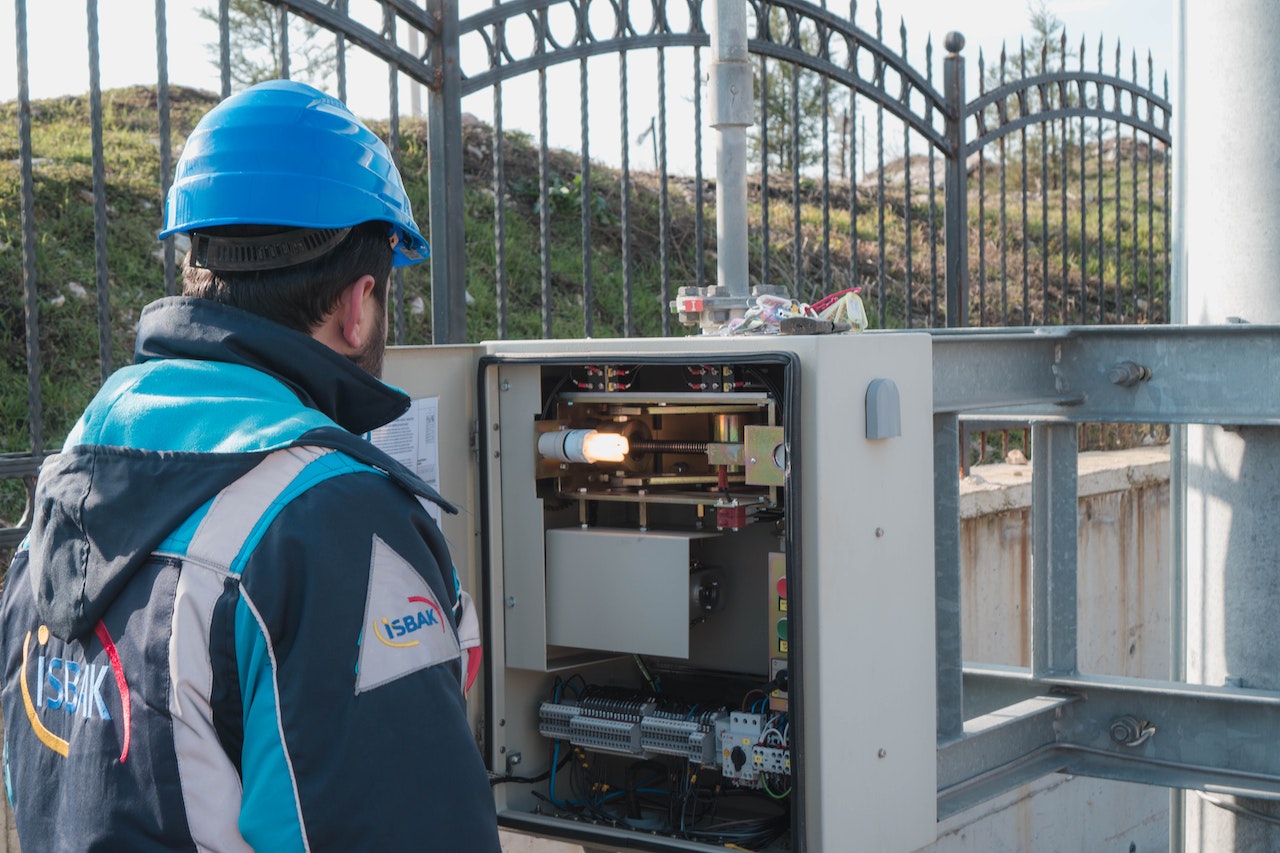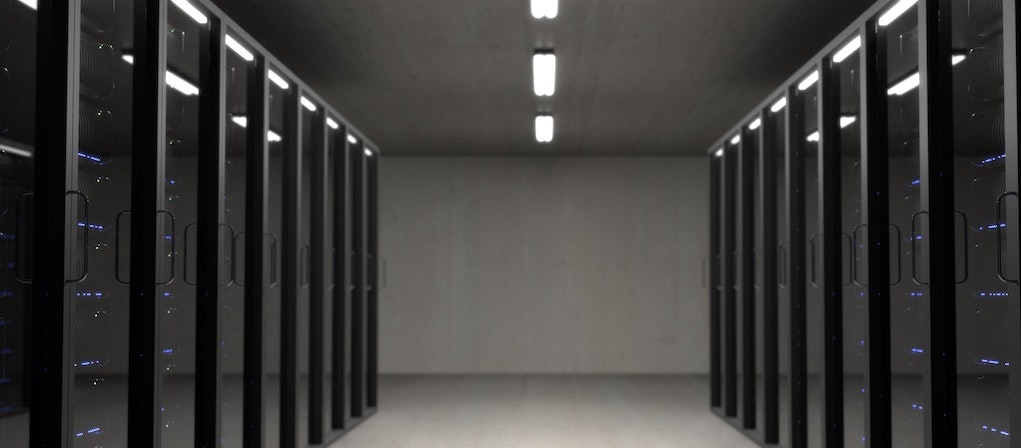Everything you need to know about Spark
Published
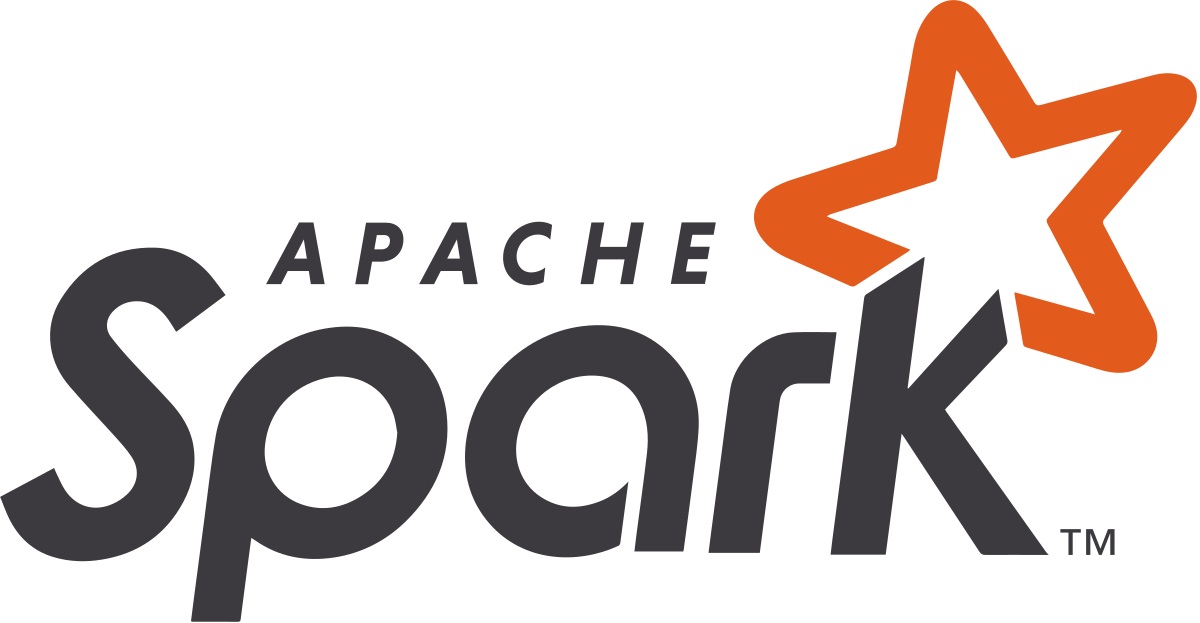
Apache Spark is an open source software designed for big data processing. It is a cluster computing framework capable of processing large amounts of data quickly. Spark was originally developed at UC Berkeley and has been an Apache project since 2010.
Spark provides a powerful and flexible platform for processing data, including real-time streaming, machine learning, graph processing, and interactive SQL queries. It also allows processing data in various formats such as text, CSV, JSON and Parquet. Spark can run on a variety of platforms including Hadoop, Apache Mesos, Kubernetes, and Amazon EMR.
Spark uses the concept of “Resilient Distributed Datasets” (RDDs), which allow it to process large amounts of data quickly and efficiently. RDDs are an abstraction of data that can be distributed across a Spark cluster and processed in parallel. They are managed automatically by the system and can be stored in memory or on the hard drive.
Spark also includes a number of libraries and tools for processing data, including Spark SQL for structured data processing, MLlib for machine learning, GraphX for graph processing, and Streaming for real-time data stream processing.
Overall, Spark is a powerful and flexible framework that enables developers and companies to process and analyze large amounts of data quickly and efficiently.
Where is Spark used?
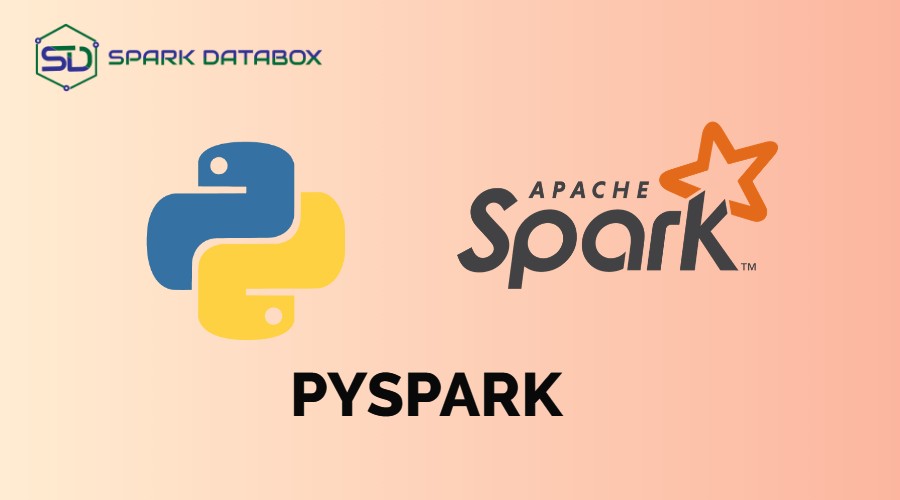
Those : sparkdatabox.com
Spark is used in a variety of industries and application areas, particularly those involving large amounts of data processing. Here are some of the most common use cases for Spark:
- Real-time streaming: Spark can be used to process data streams in real time, for example for monitoring systems or analyzing social media data.
- Big data processing: Spark can be used to process large data sets, for example to analyze user behavior or to provide recommended products or content.
- Machine Learning: Spark provides machine learning libraries and tools that can be used to train models and make predictions in areas such as image recognition, speech recognition, and fraud detection.
- Graph processing: Spark provides a library called GraphX that can be used for graph processing, for example for analyzing social networks or identifying commonalities in customer data.
- Database integration: Spark can be integrated with various databases and data sources to retrieve and process data, such as Cassandra, Hadoop, Elasticsearch or MongoDB.
Overall, Spark is used by many companies and organizations, including leading technology companies such as Amazon, Microsoft, IBM and Google, to support big data analysis and processing.
How difficult is it to use Spark?
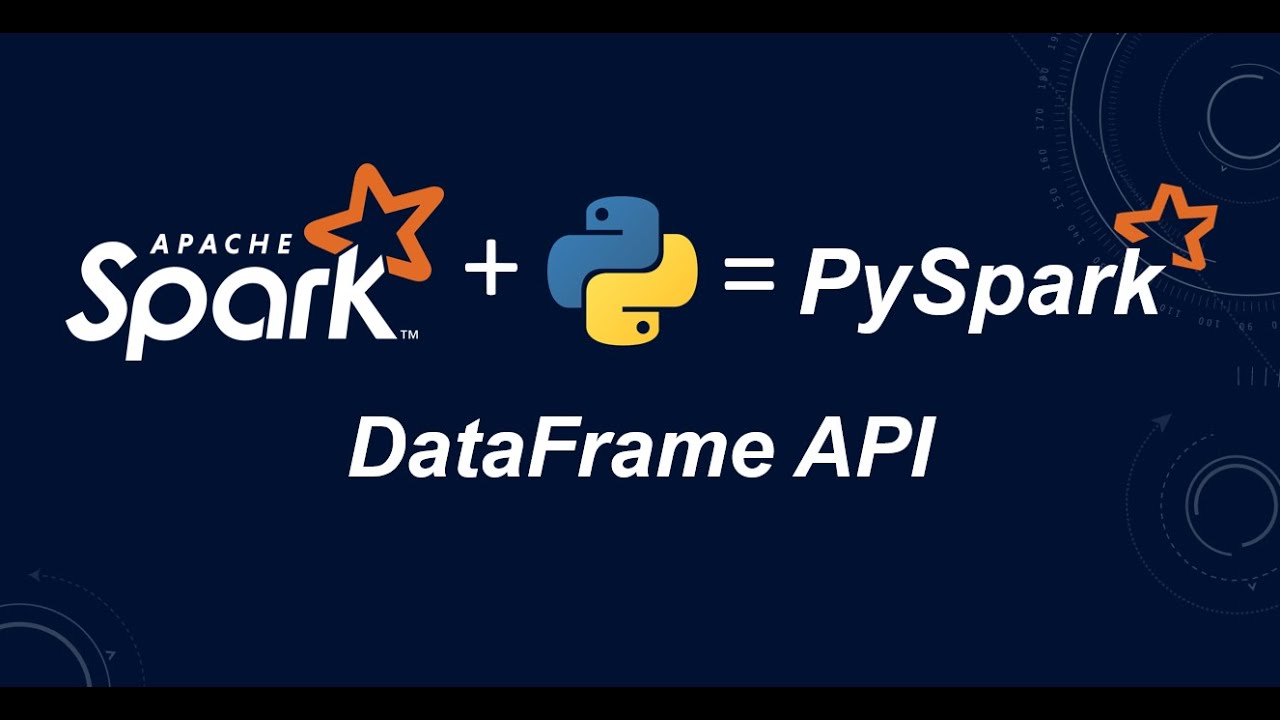
Those : youtube.com
Using Apache Spark can vary in difficulty depending on the user's needs and knowledge. Spark is a powerful big data platform that makes it possible to process and analyze large amounts of data. However, it also requires a certain level of experience and understanding in the following areas:
Programming: Spark can be used in various programming languages such as Scala, Python and Java. If the user is not experienced in any of these languages, the learning curve can be steep.
Big Data Concepts: To use Spark effectively, the user also needs to understand basic big data concepts such as distributed computing, parallelization, cluster management, and storing data on distributed systems.
Data Processing: Spark is a framework specifically designed for processing large amounts of data in parallel. Therefore, it also requires knowledge of processing data in a distributed system.
If the user already has experience in the above areas, using Spark will likely be less difficult. There are also many resources such as documentation, online tutorials, and communities that can help reduce the learning curve and make it easier to get started with Spark.
Why use Spark for Big Data?
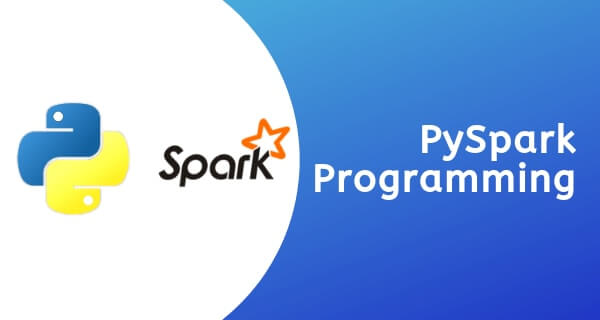
Those : besanttechnologies.com
There are several reasons why you should use Spark for big data:
Scalability: Spark is a distributed computing framework that runs on a cluster of computers. It can therefore be easily scaled to handle very large amounts of data spread across multiple machines. It can scale horizontally by simply adding more hardware to increase computing power.
Speed: Spark is designed to process large amounts of data in real time. It uses in-memory computing to process data quickly and also provides options for caching data to further increase speed.
Flexibility: Spark supports multiple programming languages such as Scala, Java, Python, and R. This provides flexibility in choosing the programming language that best suits the user's needs.
Processing multiple data formats: Spark can process various data formats including structured, unstructured and semi-structured data. It can also read data from various sources such as Hadoop Distributed File System (HDFS), Amazon S3, Apache Cassandra and Apache HBase.
Data preprocessing: Spark also provides data preprocessing functions such as data cleaning, transformation, and aggregation.
Overall, Spark is a powerful big data platform that offers scalability, speed, flexibility, and support for multiple data formats and preprocessing capabilities. Therefore, it is a good choice for real-time big data processing.
What makes Spark different from other tools?
There are several differences between Spark and other big data tools:
- In-memory computing: Spark is designed for in-memory computing, meaning it processes data in memory instead of writing it to disks. This enables faster data processing than other tools like Hadoop that rely on writing data to disks.
- Rights management: Spark has built-in rights management that allows for finer control over access to data than other tools like Hadoop.
- Flexibility: Spark supports multiple programming languages such as Scala, Java, Python, and R. This provides flexibility in choosing the programming language that best suits the user's needs.
- Real-time processing: Spark is designed to process large amounts of data in real time. It also offers features such as stream processing, which allows it to continuously process structured and unstructured data.
- Integration with other tools: Spark can be integrated with other tools and frameworks such as Apache Hadoop, Apache Cassandra, Apache HBase, Apache Kafka, and Apache Storm.
- MLlib: Spark offers MLlib, a machine learning library that contains algorithms for processing large data sets.
Overall, Spark offers a powerful and flexible big data platform with in-memory computing, real-time processing, MLlib, rights management, and integration with other tools and frameworks.
